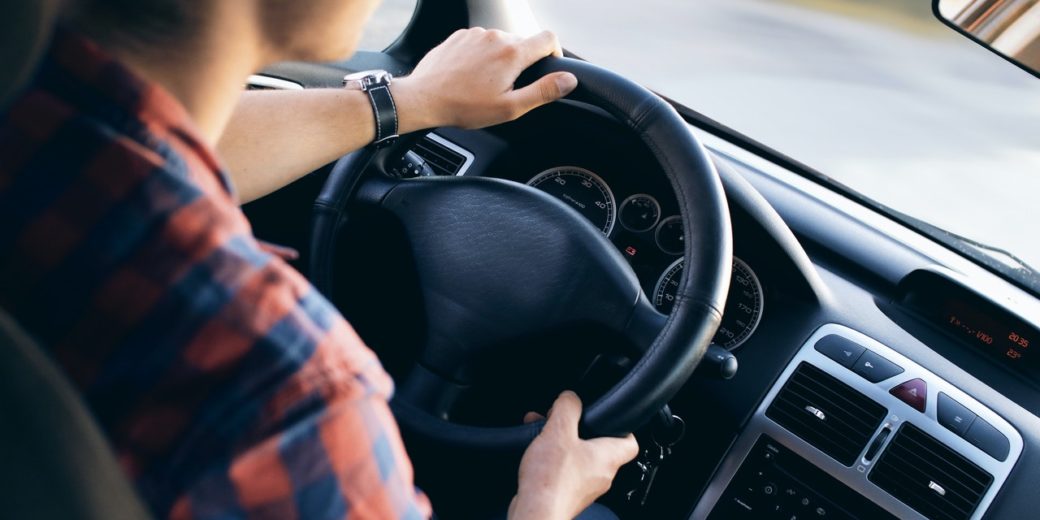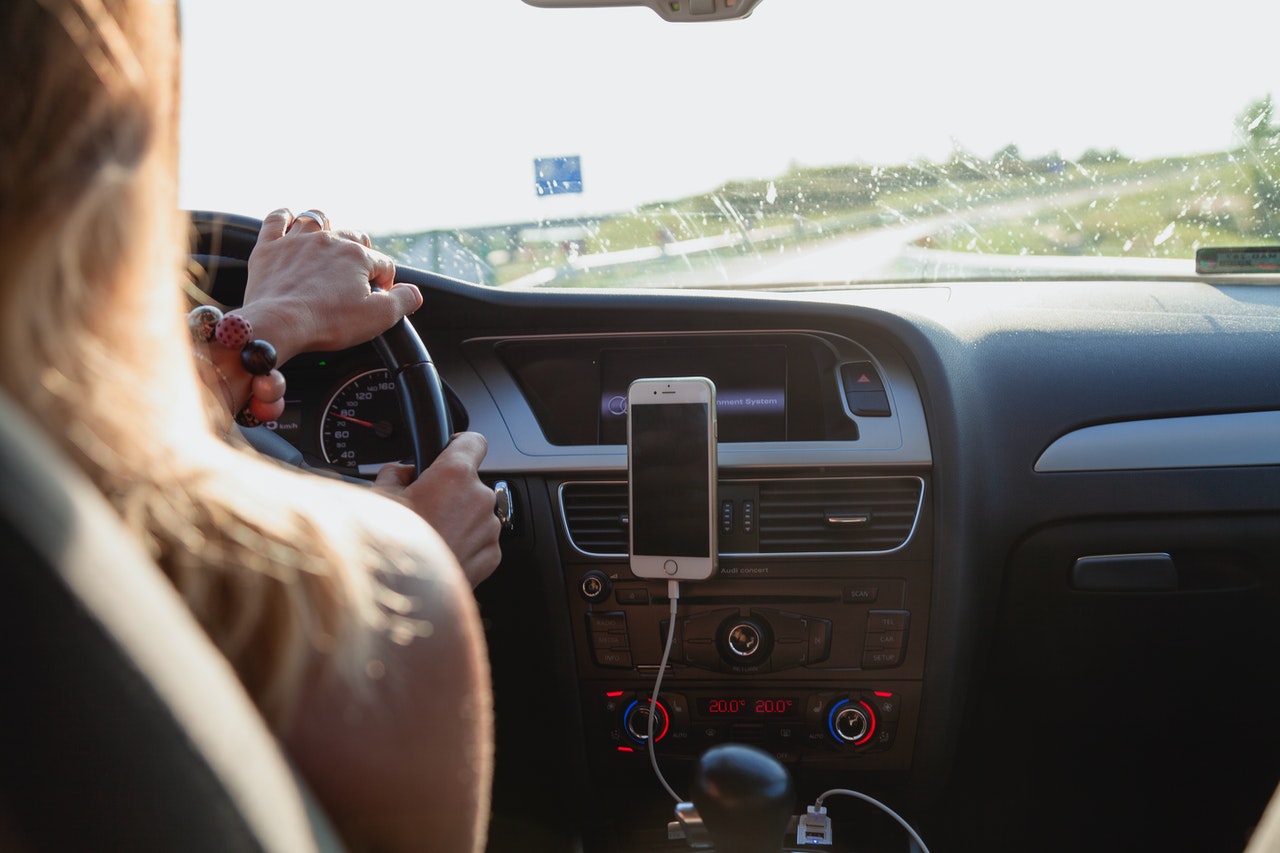4 Ways To Soften the Blow of Rising Gas Prices

With the current conflict with Russian and historical inflation, gas prices are sitting at about $4 per gallon across the states, with some areas experiencing higher costs than that. While President Biden has agreed to release reserved barrels to soften the blow and, hopefully, reduce prices, there is no telling how long or if that decision will create relief.
Therefore, it is up to the average citizen to find ways to save on increasing expenses, especially gasoline. As an integral part of transportation, cutting gas costs can be challenging. Still, there are several ways to accomplish regular savings.
1. Rewards Programs

Have you ever noticed how competing gas stations will have different prices even when on opposite sides of the street? It is hard to understand why one gas station sets a price higher than the other and still manages to attract customers.
The reason people will still go to a station with a higher price is they typically have a rewards card that offsets the increased cost. Gas station rewards programs incentivize consumers by knocking a few cents off the price per gallon and offering a reward once a customer spends so much; for instance, a customer might receive a $10 gas station gift card after spending so much.
2. Carpool

Do you work outside the home? Consider carpooling to work with a coworker or two. By sharing the driving responsibilities, you can cut gas costs.
However, carpooling is not only a strategy for driving to and from the office. You can also use carpooling to drop off or pick up children from school, go to the grocery store, or do other activities.
The more ways you can find to implement a carpooling technique, the better. While using such strategies for grocery shopping can be a challenge, there is no reason it cannot be done. You will have to expect trips may take a little longer than usual.
3. Ditch the Car

If you live in the city or areas with amenities, try and ditch the car as often as possible. For instance, if you have a grocery store nearby, consider walking. You might need to adjust your typical shopping behavior to use this strategy. You will not want to do two weeks' worth of grocery shopping and walk it home. Instead, it would be best if you broke shopping excursions down to the needs for one or two days at a time. While it will mean more trips to the store, you will not be using gas, and as a bonus, you'll be getting steps in.
4. Mileage Allowance

Before rising inflation and the Ukraine war, you might have driven wherever, whenever. Many people, especially those who own their vehicles, do not bother to track mileage or gas. However, with current events, it is necessary to adopt new behaviors.
You have likely heard of a gas allowance. Have you heard of a mileage allowance? Look at the current gas prices and determine how many miles you can get with the purchase of a full tank. Then, determine how often you can afford to fill your tank based on your budget. Finally, calculate your mileage allowance based on the result. Keep all trips restricted to the allowed range of miles. If you run out of miles for the week, do your best to stay home until the following week. Budgeting keeps you focused on only essential trips, and it can help you strategize the most effective routes.
Saving on gas is a challenge and will require some sacrifice. Still, it is possible with effective planning.
